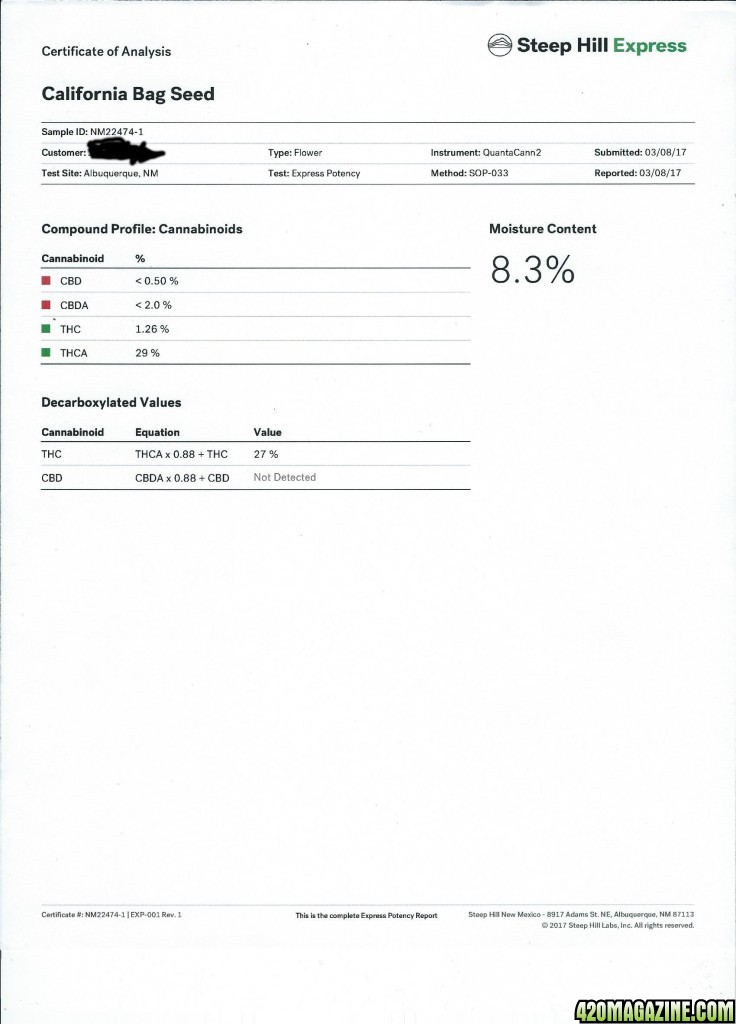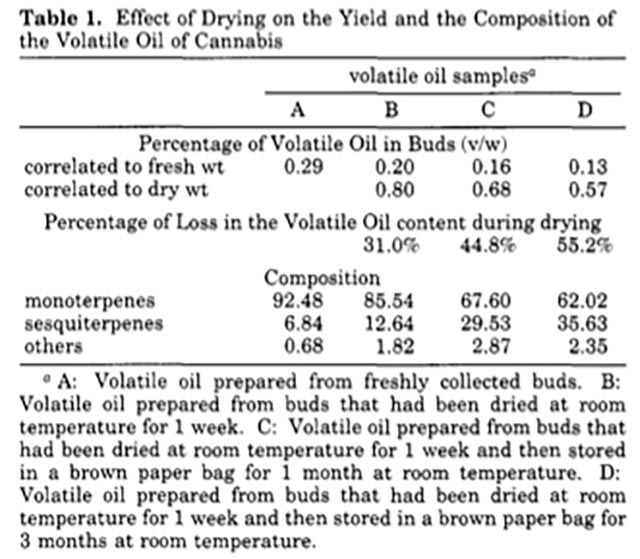Oldbear
Well-Known Member
OB, Thanks,
Were your samples FH or dried buds?
What did you use for time and temperature?
Did you grind your material?
Did you stir it a lot?
Want me to ask more questions? [;>)
The samples were 'as shipped' from a Canadian licensed producer. They are dried so will have already lost terpenes. So all the more reason to minimize further loss during decarb.
I dont grind the buds, but do use fingers to crumble it into tiny bits.
Ive been following a 110 minutes @ 220F baking time. I use a toaster oven and have confirmed the temperature with a laser temperature tool.
I didn't stir it while it was in the oven because I didn't want to remove that lid. What I do, after decarb, is put on the proper lid while the mixture is still hot. This creates a vacuum seal once it cools. Once the lid is on, I give it a good shake to stir things up. If any terpenes or cannabinoids have attached to the glass, Im hoping this will get it back into the solution.
Then in to the fridge for curing and storage. Ill give a new batch a shake every morning, allow it to come to room temperature during the day, then a shake and back in the fridge overnight. I do this for 1 week then it just stays in the fridge.
Final step is to separate the oil from the plant material using a fine mesh strainer. (I warm it up to around 180f so it flows easier) Then in to a glass bottle with a dropper or into capsules. I keep the oil soaked plant material - use it for baking or Ill eat it.
Questions are always welcome




 . i believe with all this info, anyone can learn to do a near precise decard for any cannabis application
. i believe with all this info, anyone can learn to do a near precise decard for any cannabis application



